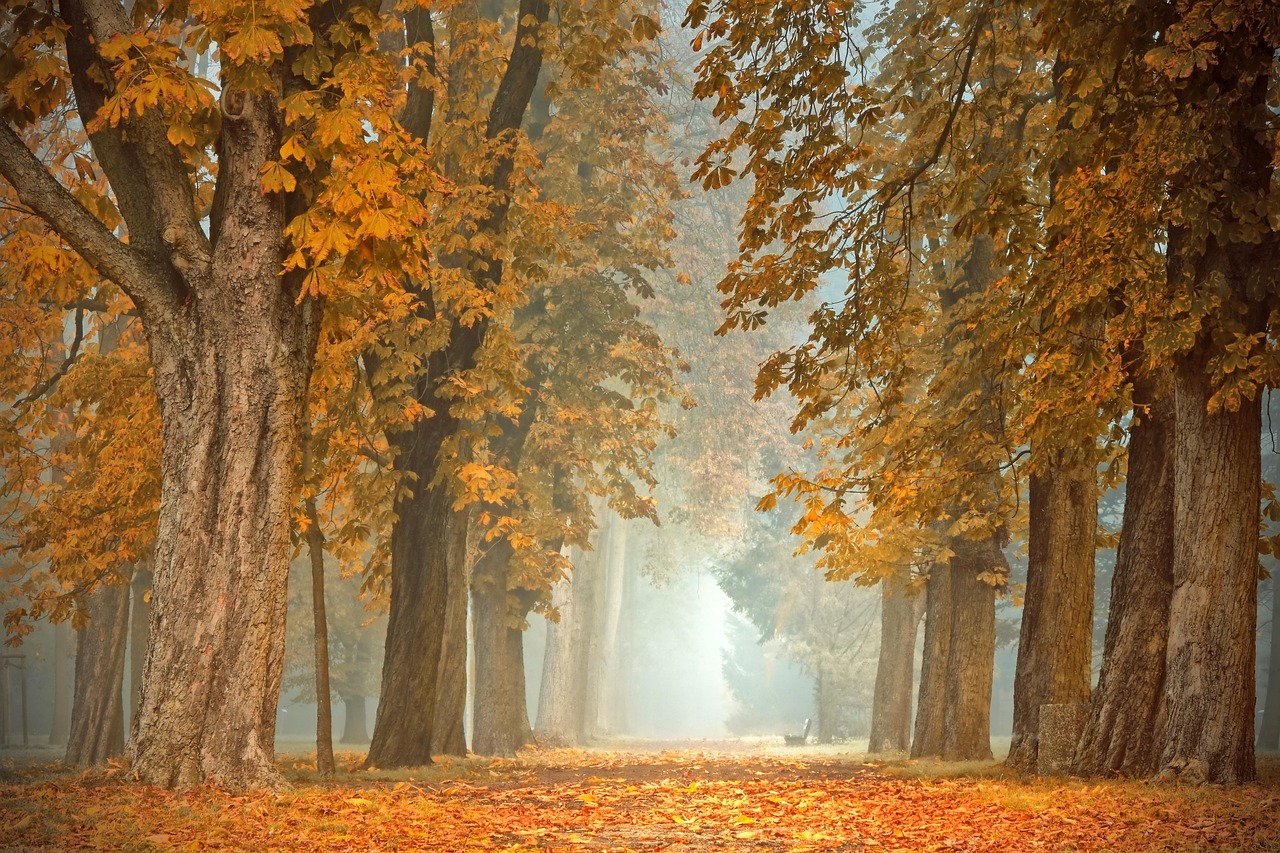As the leaves begin to change and the air turns crisp, fall presents a wonderful opportunity to engage children in exciting garden activities. Not only do these activities provide entertainment, but they also offer valuable lessons about nature, science, and responsibility. Here are ten engaging fall garden activities that will keep kids enthusiastically occupied while fostering their connection to the natural world.
1. Leaf Collecting and Pressing
Autumn’s colorful foliage provides an excellent chance for kids to explore and appreciate nature’s artistry. Encourage children to collect leaves of various shapes, sizes, and colors from different trees. Once gathered, they can carefully press the leaves between heavy books or use a flower press. After several days, these pressed leaves can be used for creative projects such as scrapbooking, decorative bookmarks, or framed artwork.
Moreover, this activity can be coupled with a lesson on photosynthesis and why leaves change color in the fall. Children will learn about the role of chlorophyll and how trees prepare for winter dormancy.
2. Planting Fall Bulbs
Autumn is the ideal time to plant spring-flowering bulbs, and involving kids in this process can be both fun and educational. Choose easy-to-plant bulbs like tulips, daffodils, or crocuses. Show children how to prepare the soil, space the bulbs correctly, and plant them at the right depth.
This activity teaches patience and planning, as kids will have to wait through winter to see the results of their labor. Additionally, it provides an opportunity to discuss plant life cycles and the importance of timing in gardening.
3. Creating a Compost Bin
Composting is an excellent way to teach kids about recycling and the natural decomposition process. Help them set up a simple compost bin using fallen leaves, grass clippings, and kitchen scraps. Explain how microorganisms break down organic matter and how the resulting compost enriches the soil.
Furthermore, this activity can lead to discussions about reducing waste and the importance of sustainability. Children can monitor the compost pile over time, observing how materials decompose at different rates.
4. Building Bug Hotels
As temperatures drop, many insects seek shelter for the winter. Constructing bug hotels not only provides a home for beneficial insects but also allows kids to learn about different species and their habitats. Use materials like hollow bamboo sticks, pine cones, bark, and dry leaves to create cozy insect accommodations.
This project can be combined with lessons on the role of insects in the ecosystem and the importance of biodiversity in gardens. Encourage kids to observe which insects visit their hotels and research their life cycles.
5. Harvesting and Seed Saving
If you have a vegetable garden, fall is harvest time for many crops. Involve kids in picking ripe produce and collecting seeds from flowers and vegetables. This hands-on experience teaches them about the full cycle of plant growth and reproduction.
Additionally, seed saving introduces concepts of genetics and plant selection. Children can learn how to properly dry and store seeds for next year’s planting, understanding the importance of preserving plant varieties.
6. Creating Garden Art
Fall provides abundant natural materials for creative projects. Encourage kids to make garden art using items like colorful leaves, acorns, pinecones, and pumpkins. They can create leaf rubbings, assemble nature collages, or paint small pumpkins to decorate the garden.
This activity not only sparks creativity but also helps children develop an appreciation for natural beauty. It can be linked to lessons about different textures, colors, and shapes found in nature.
7. Building a Scarecrow
A classic fall activity, scarecrow-making is both fun and practical. Help kids stuff old clothes with straw or leaves and create a face using markers or paint. Once completed, the scarecrow can be placed in the garden to deter birds from eating seeds or crops.
Moreover, this project can lead to discussions about traditional farming practices and the relationship between humans and wildlife. Children can learn about bird behavior and natural pest control methods.
8. Planning Next Year’s Garden
Although it might seem early, fall is an excellent time to start planning next year’s garden. Involve kids in this process by having them draw garden layouts, research plant varieties, and make wish lists of what they’d like to grow.
This activity teaches children about garden design, plant companionship, and the importance of proper planning in successful gardening. It also helps develop their organizational and decision-making skills.
9. Creating a Fall Sensory Garden
Engage children’s senses by creating a fall-themed sensory garden. Plant aromatic herbs like sage and thyme, include plants with interesting textures like lamb’s ear, and add ornamental grasses that rustle in the wind. Hang wind chimes or bells to add auditory elements.
This project helps kids understand how gardens can appeal to all senses, not just sight. It’s also an excellent opportunity to discuss plant adaptations and how different plants prepare for winter.
10. Wildlife Watching and Feeding
As migratory birds pass through and local wildlife prepares for winter, fall is an ideal time for nature observation. Help kids set up bird feeders, create squirrel feeding stations, or install a birdbath. Encourage them to keep a journal of the wildlife they observe.
Furthermore, this activity can be paired with lessons on animal behavior, migration patterns, and the importance of providing food sources for wildlife during scarce times. Children can learn to identify different species and understand their roles in the ecosystem.
In conclusion, these fall garden activities offer a wealth of learning opportunities while keeping kids actively engaged with nature. By participating in these projects, children not only develop practical skills but also gain a deeper appreciation for the natural world around them. Ultimately, these experiences can foster a lifelong interest in gardening, environmental stewardship, and the wonders of the great outdoors.

